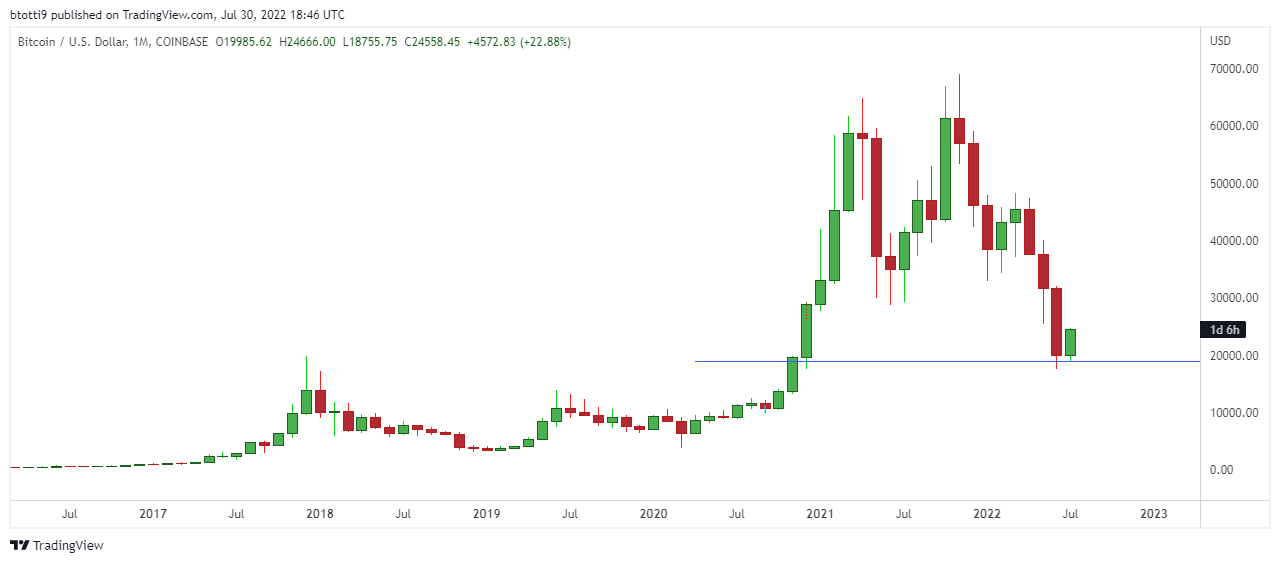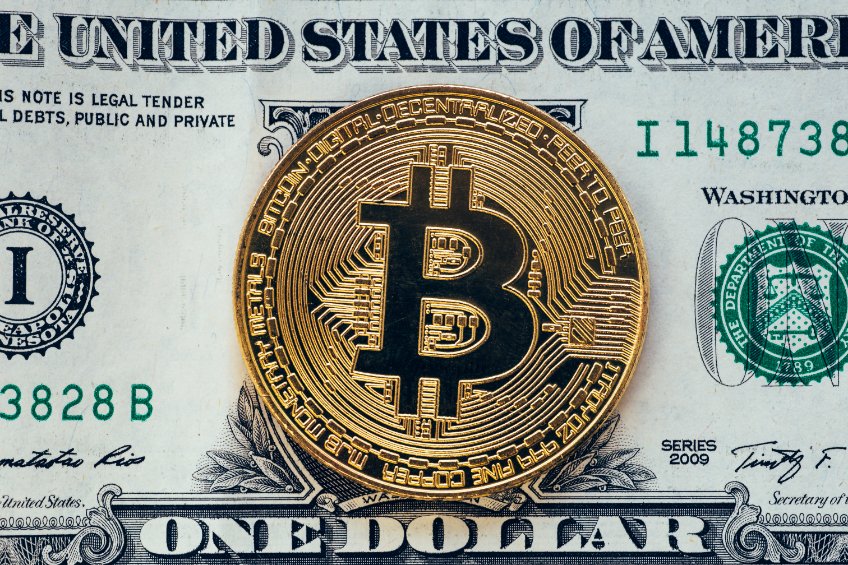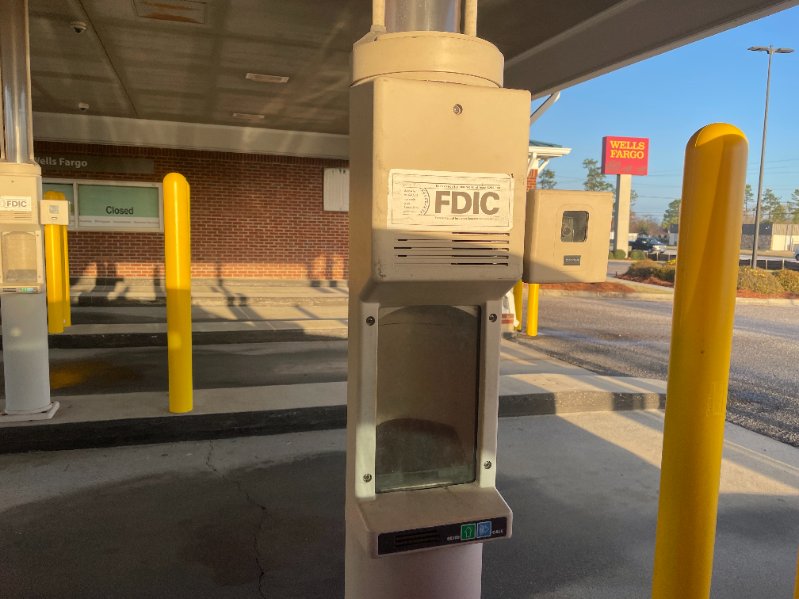
A proposal to have the Aave DAO introduce a decentralised, multi-collateral-backed stablecoin dubbed GHO, has passed following a community vote, Aave Companies has announced.
According to the platform, the USD-pegged stablecoin received a greenlight from the DAO community with an overwhelming support of 99.99%.
The community has given the greenlight 🟢 for GHO 👻 The next step is voting on the genesis parameters of GHO, look out for a proposal next week on the governance forum https://t.co/ba4oK50Wb8
— Aave (@AaveAave) July 31, 2022
Aave’s GHO stablecoin
The GHO proposal came out on 7 July this year, with the governance vote required to allow for the launch of the decentralised stablecoin on the Aave Protocol.
In the request, the Aave Companies said the algorithmic stablecoin would allow community participants to mint the token against their collaterals. Accordingly, GHO had been envisioned to be backed by assets the users choose and would see borrowers continue to earn interest on whatever they put out as collateral.
When borrowers repay against their collateral, the Aave Protocol will burn the GHO associated with that account.
“If approved, the introduction of GHO would make stablecoin borrowing on the Aave Protocol more competitive, provide more optionality for stablecoin users and generate additional revenue for the Aave DAO by sending 100% of interest payments on GHO borrows to the DAO,” the Aave Companies proposal offered.
The governance vote began on 28 July after a snapshot a day earlier, and closed on 31 July with 99.99% of the 1,793 total votes giving the proposal a thumbs up. The approval now sets the GHO stablecoin onto the next step, which will involve a vote on the token’s genesis parameters.
A proposal for the same is expected this coming week and will be posted on the Aave DAO governance forum.
The post Aave DAO community adopts proposal for GHO stablecoin appeared first on CoinJournal.





